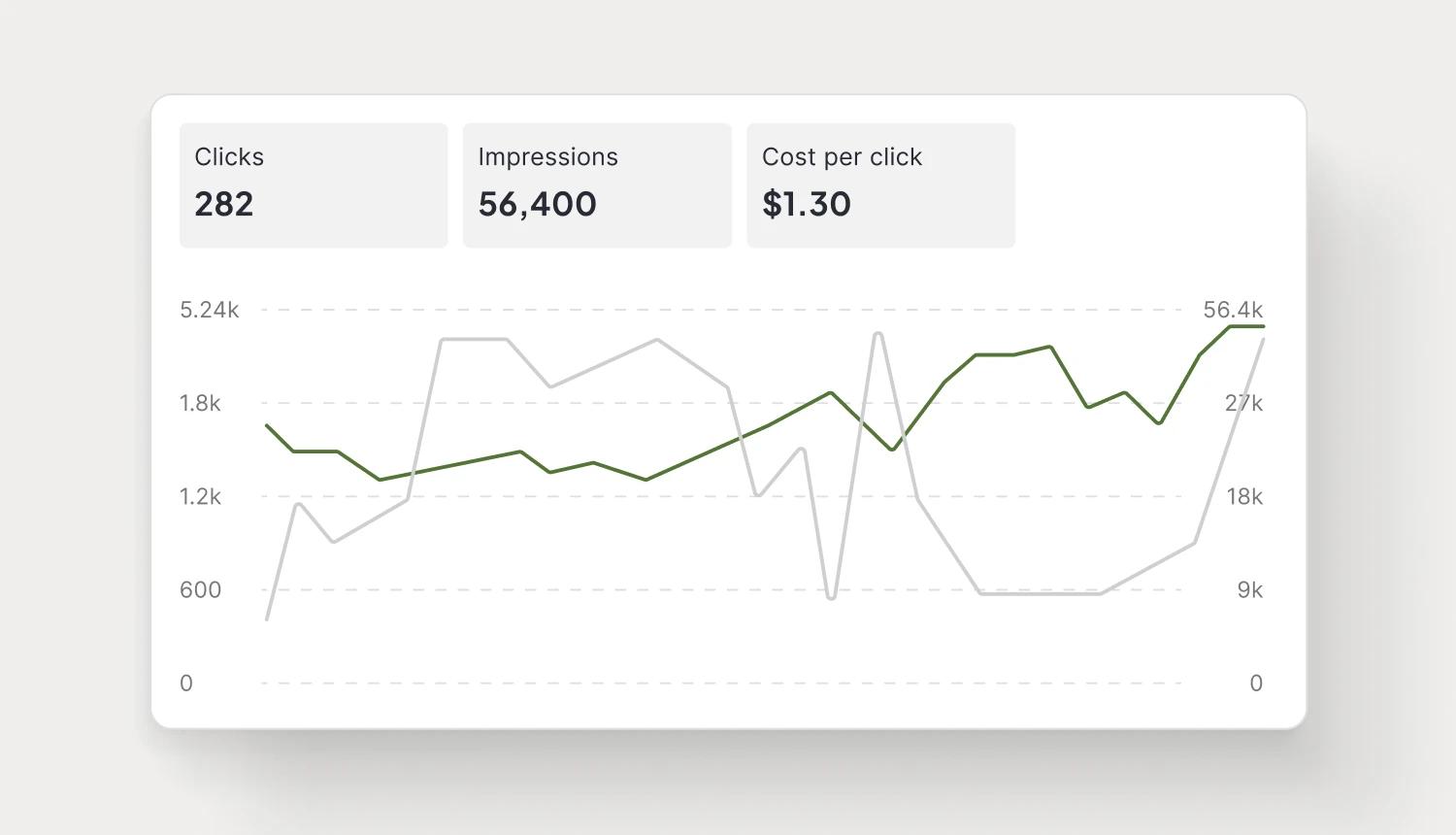Are you an agency? Scale your team's work and impact with The Agency Package.
Are you an agency? Scale your team's work and impact with The Agency Package.

For most marketers, campaign reporting is backward-looking. The creative’s been served, the dollars are spent, and the results are what they are. But that mindset belongs to a slower era, when optimization was reactive instead of responsive.
Today, real-time campaign optimization makes it possible to adjust and improve performance while your campaign is still live. Not after.
This guide explains how to use live reporting and AI-driven insights to optimize ad performance mid-flight, ensuring you capture more value before your budget runs out.
Real-time campaign optimization means tracking early signals and making changes while ads are still running—so you can fix issues before they impact ROI. Instead of waiting for a postmortem, you improve campaign performance as it unfolds.
The foundation of live campaign reporting is spotting patterns early in the campaign lifecycle.
With Optimize Reports you can build live dashboards around your KPIs. From impressions and CTR to deeper engagement signals like scroll depth or landing page conversions, you can automate these dashboards to be triggered by campaign launch or custom performance thresholds, helping you catch underperformance before it becomes costly.
Best practice: Set alerts for micro-indicators tied to your goals. For example:
Not all metrics matter equally. What drives success varies by campaign type and industry.
Optimize Agent uses AI to surface insights aligned to your campaign goal—whether that’s building awareness, driving traffic, or generating leads. It can help answer questions like:
Example: A B2B marketer running a lead-gen campaign might focus on Google ads that drive form fills—not just clicks. Meanwhile, a CPG brand focused on awareness may want to zero in on video engagement.
Best practice: Align report filters and AI queries with your campaign objective, not generic benchmarks.
Many teams identify issues early but wait too long to act—diluting their impact. In real-time ad optimization, speed is as important as insight.
With The Brief, you can take action immediately:
Best practice: Build weekly creative variants into your campaign plan. If performance dips, you’ll have assets ready before fatigue drags down ROI.
In fast-moving environments like retail, gaming, or DTC, performance plateaus aren’t just a risk. They’re straight up expensive. Teams in these sectors often succeed not because of one breakthrough concept, but because of how fast they adapt their good ideas into great ones.
Use scheduled Optimize Reports to create a rolling feedback loop. Automate weekly or even daily performance check-ins during the first 10 days of a campaign. Let those learnings inform the next iteration—not just the postmortem.
The brands pulling ahead aren’t just analyzing their campaigns better. They’re optimizing them faster, smarter, and earlier.
The Brief gives you the tools. But the real shift comes when you start treating optimization not as a task at the end of your campaign—but as a living part of how you run it.
7 days free on us
Let's put these insights into action. Build, scale, and automate campaigns with AI-powered workflows.